Acid. Even the word itself is scary.
Which makes the next sentence I’m about to say sound even more confronting.
If there’s just one change you make in 2018, make it putting acid on your face.
I am, of course, talking about your skincare regimen. And you’d be a fool not to. Using acids is probably the easiest way to get noticeably better skin fast. We’re talking the glow of someone who regularly gets eight hours sleep, doesn’t forget to take their makeup off and eats more green vegetables than just the solitary pickle in their Maccas cheeseburger.


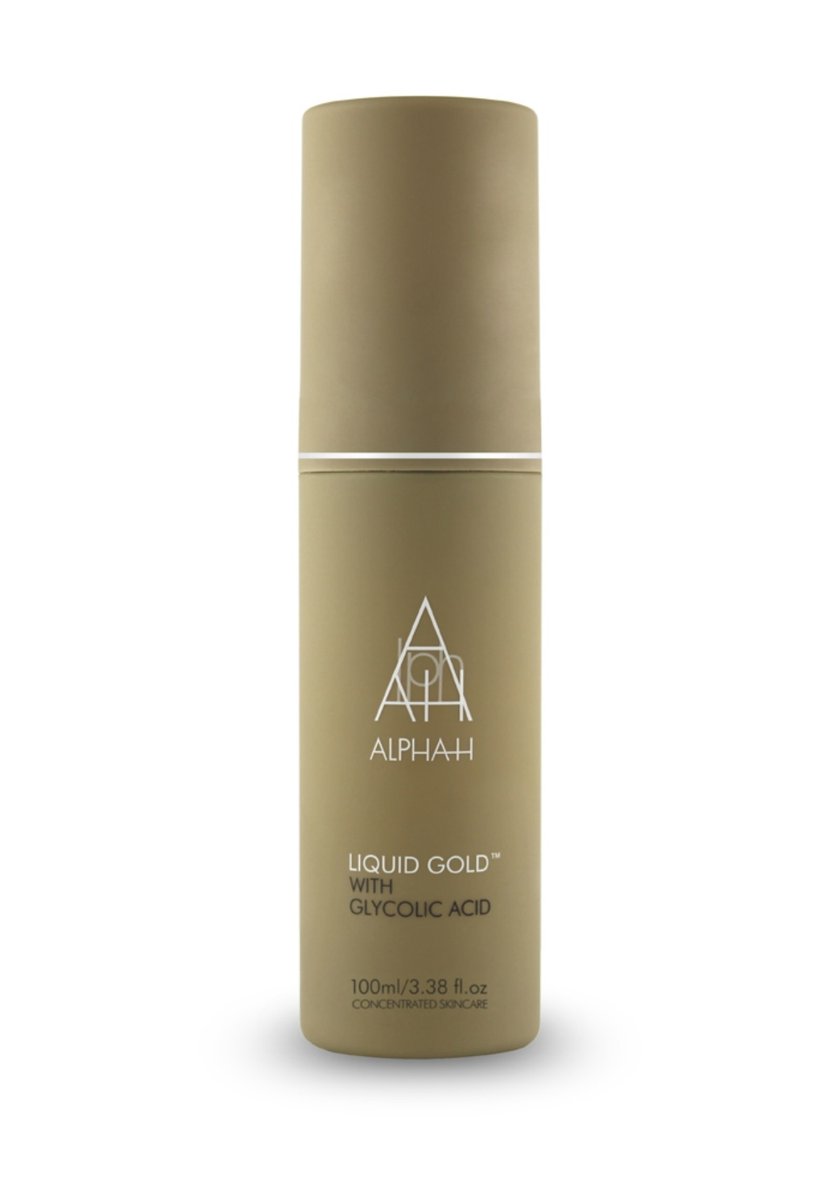


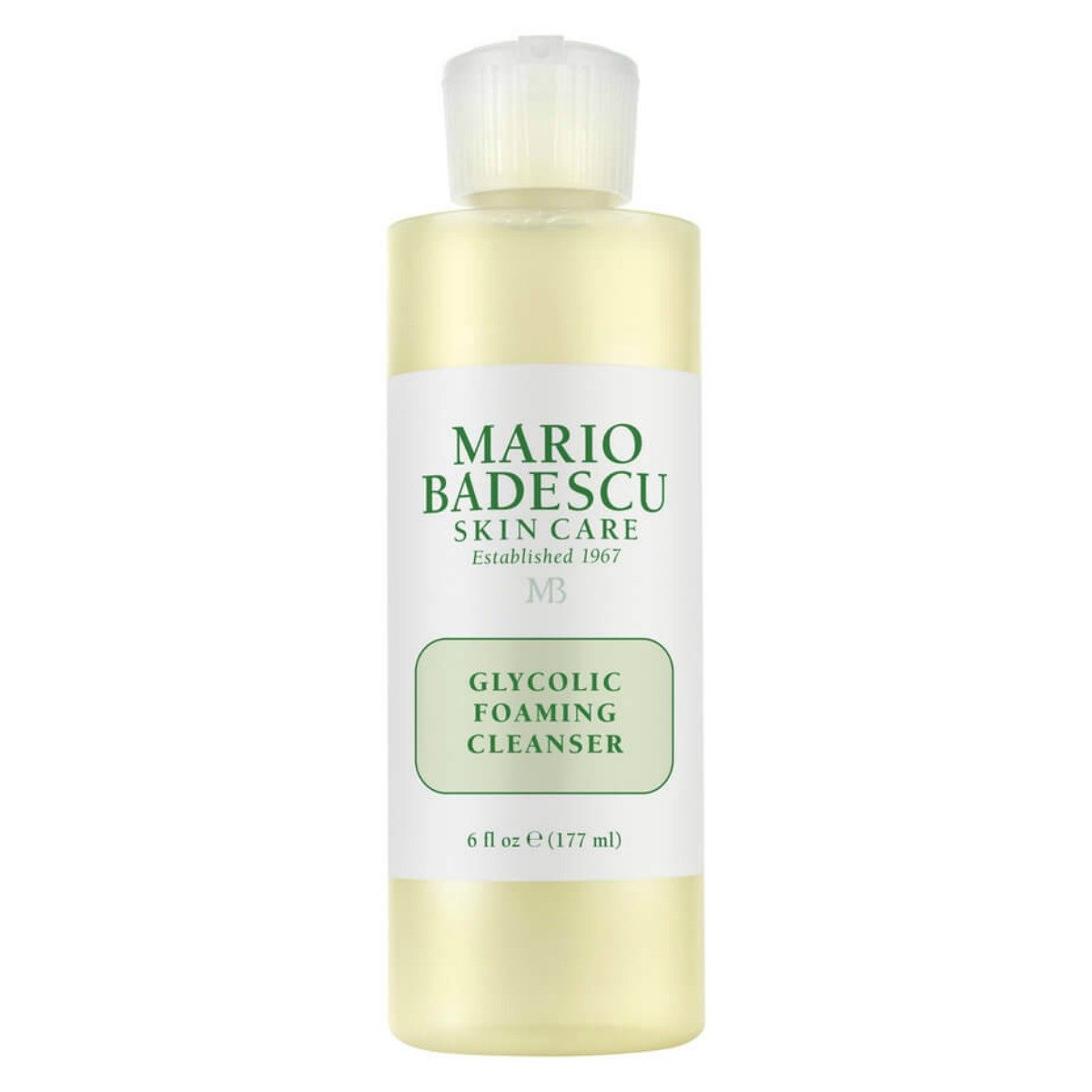

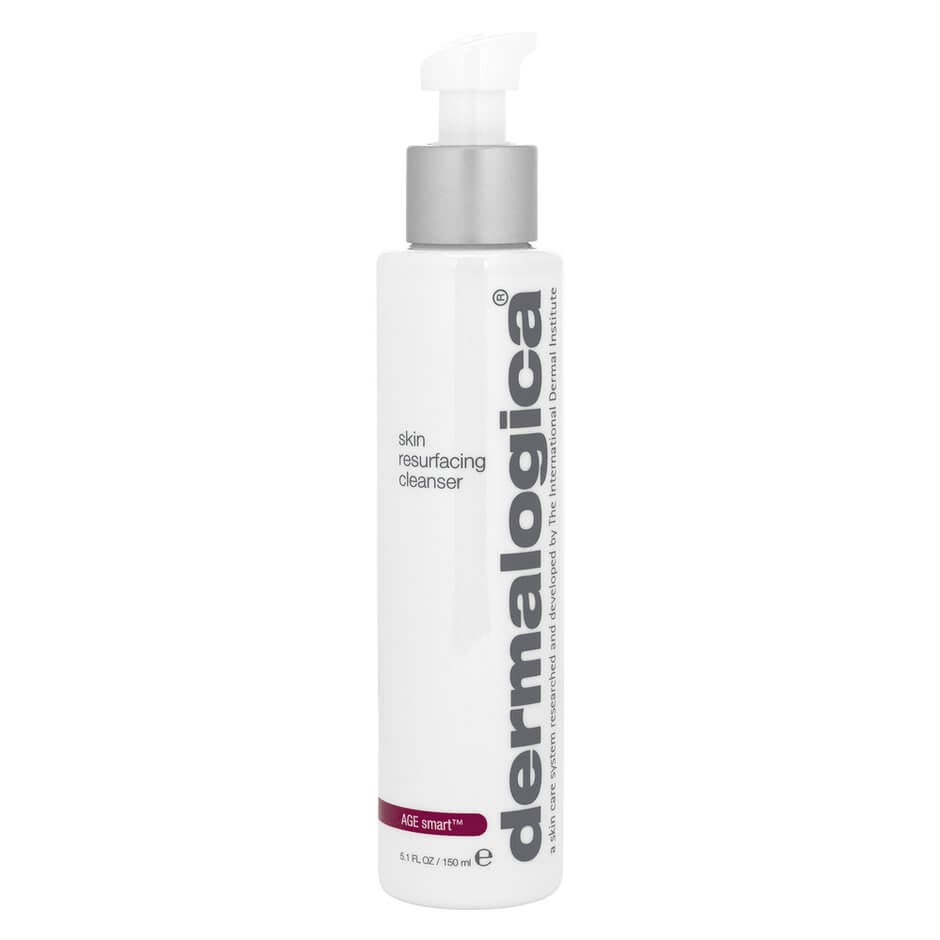
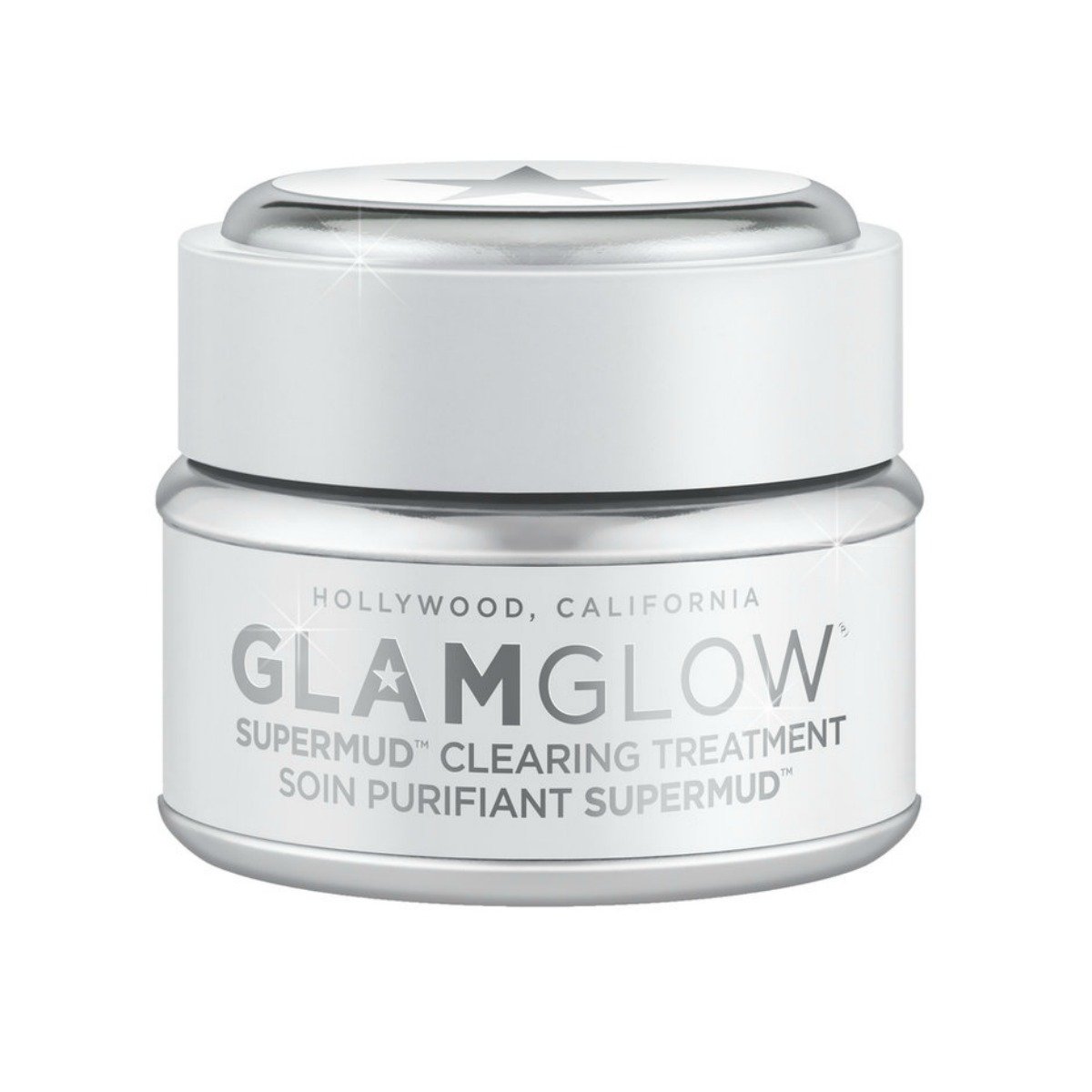

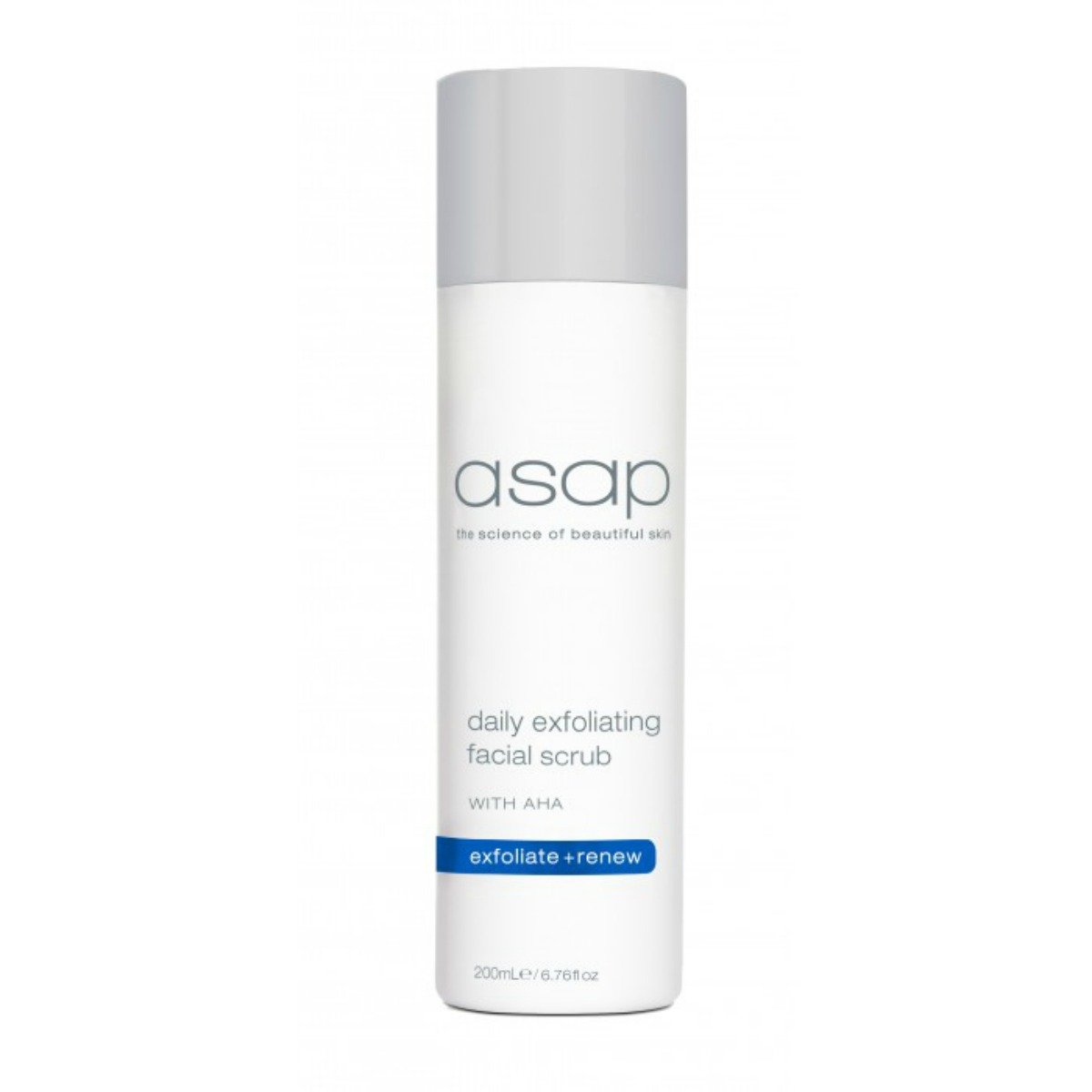
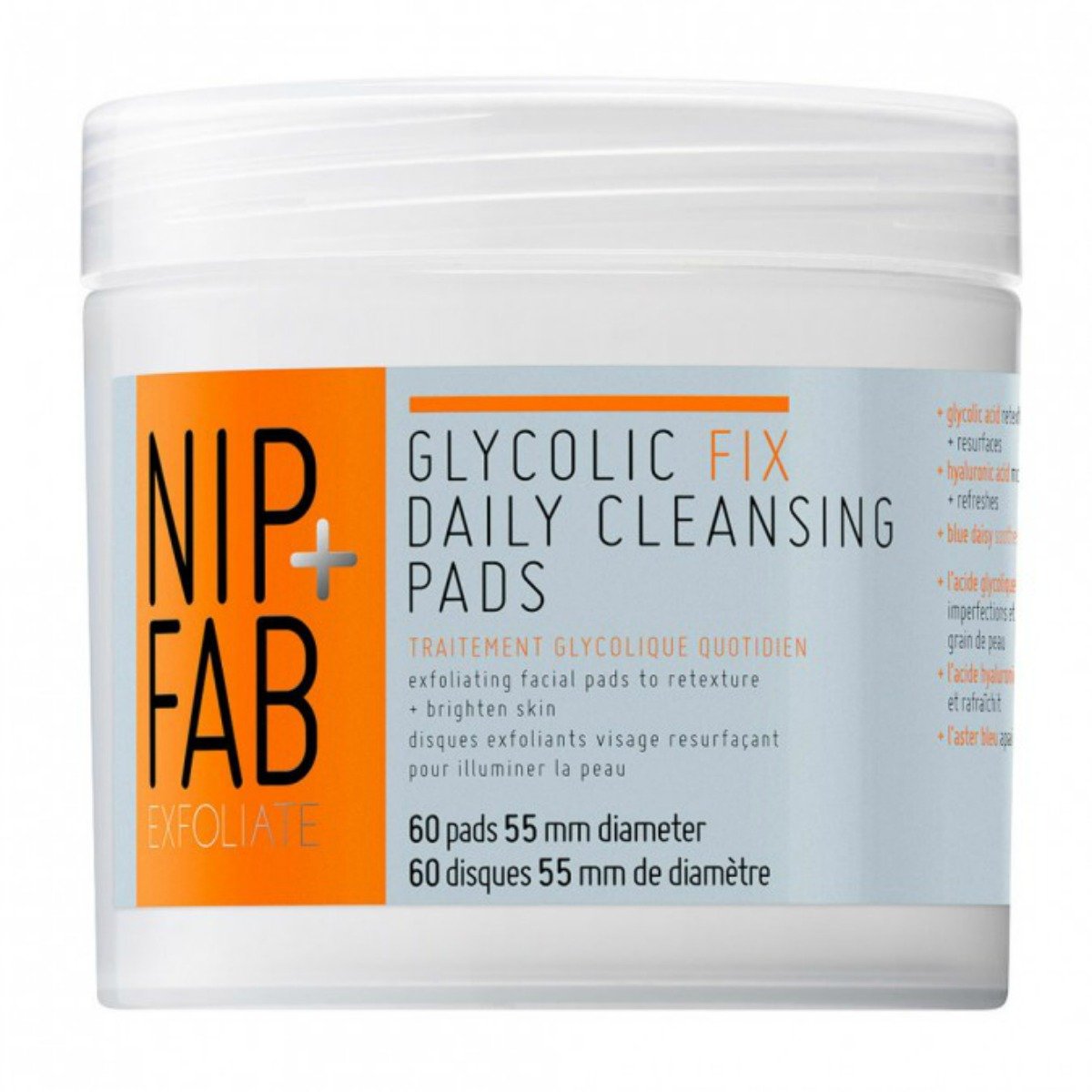


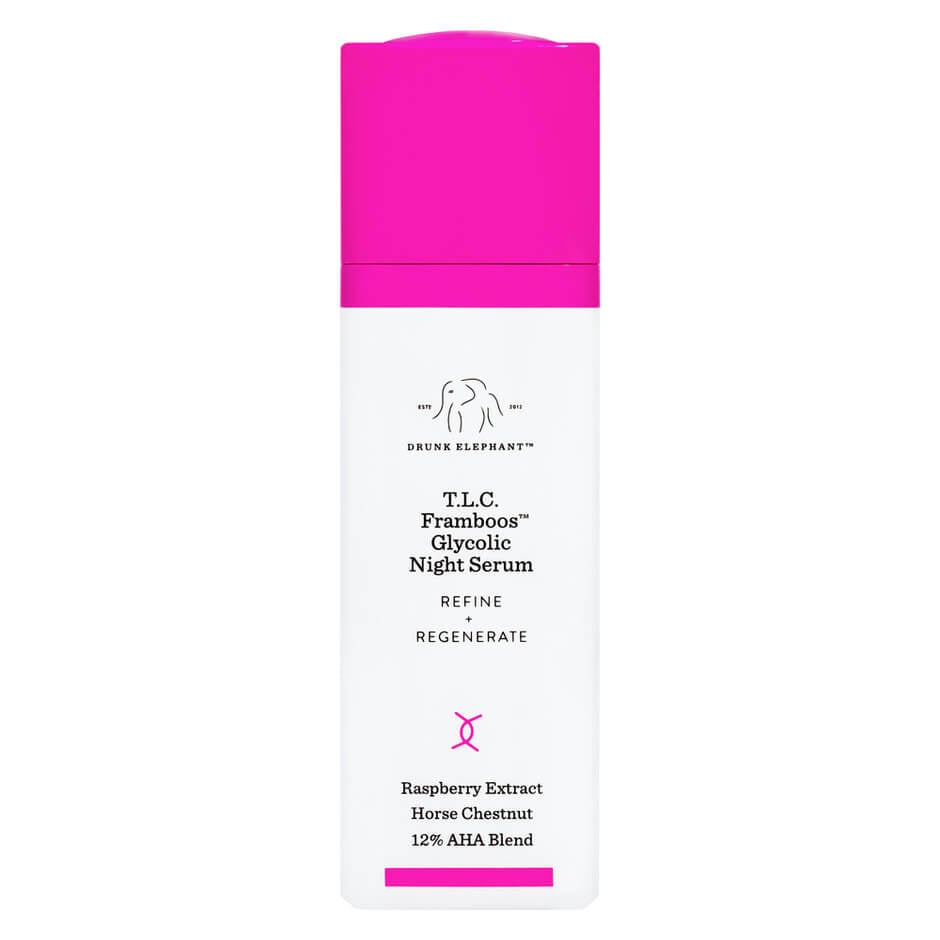
Top Comments
I use the go-to skincare range and use the swipeys which have AHA but no hidden nasties! Plus it's an Australian company by Zoe Foster-Blake 🙌